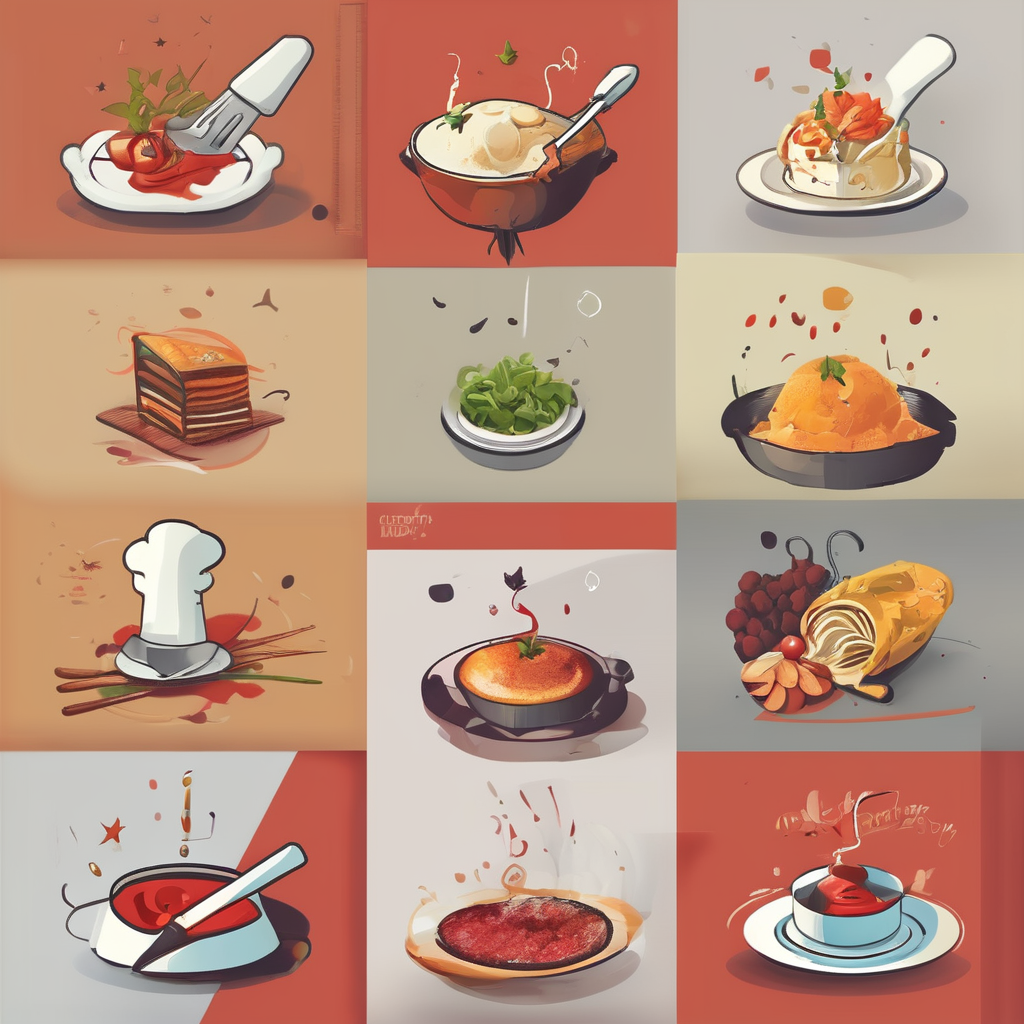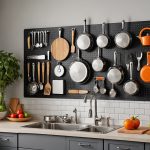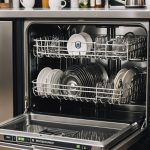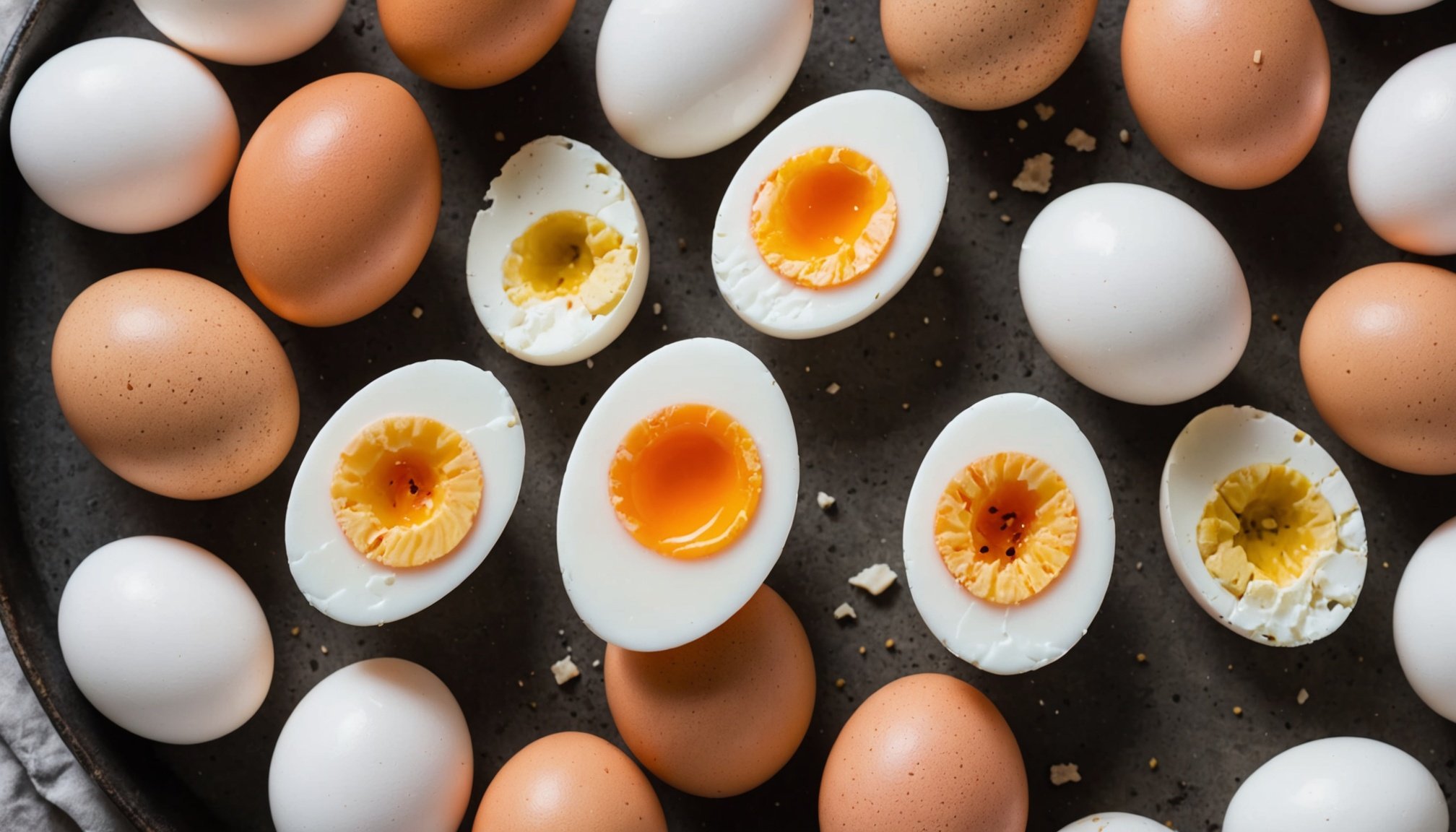The Art of Soft-Boiling Eggs
Creating the perfect soft-boiled egg relies on mastering a precise cooking technique that yields a tender white and a luxurious, runny yolk. The trick lies in balancing cooking time and temperature.
Begin by bringing a pot of water to a boil. Gently lower eggs into the water, then reduce to a gentle simmer. Timing is crucial: 5–7 minutes usually works best, depending on the egg size and desired texture. For a slightly firmer yolk, lean towards 7 minutes, while 5 minutes yield a silkier core. Quickly transfer them to an ice bath post-boiling to halt cooking and ensure perfect texture.
Also to see : Ultimate guide to choosing the ideal roasting rack: achieve even cooking & easy cleanup every time!
A few common pitfalls can compromise results. Avoid plunging eggs into vigorously boiling water, which can crack shells and lead to uneven cooking. Also, skipping the ice bath might lead to overcooked yolks, thwarting the soft-boil goal.
Experiment with these cooking techniques to achieve your egg goals. Understanding how minor adjustments, like seconds in boiling or depth of the ice bath, influence the egg, illustrates the art of this precise process. As you practice, you’ll tailor your method to consistently produce the perfect soft-boiled eggs.
Have you seen this : Revolutionize your dishwashing experience: boost water conservation with an innovative high-efficiency dish rack
Importance of Timing in Cooking
Timing is crucial for achieving the perfect cooking precision, especially when it comes to soft-boiled eggs. Cooking precision determines the egg doneness, impacting the texture of the eggs.
Influences on Texture
The texture of soft-boiled eggs is directly affected by cooking time. A properly timed cook results in an egg with a soft, slightly runny yolk and a firm white, which enhances the overall eating experience. Too little time results in an egg that is too runny, while too much time leads to a hard, overcooked yolk.
Factors Affecting Cooking Time
Several factors influence cooking time, such as egg size and initial temperature. Larger eggs require more time than smaller ones, as they contain more mass. Additionally, the temperature of the egg before cooking plays a significant role. Cold eggs take longer to achieve the desired doneness compared to those at room temperature.
Recommendations for Consistent Results
To ensure consistent outcomes, consider these suggestions:
- Use a timer to achieve precise cooking.
- Adjust time based on egg size; larger eggs need an additional 1-2 minutes.
- Let eggs reach room temperature for an even cooking precision.
By understanding these elements, you can master the art of timing in cooking eggs to perfection.
Exploring Egg Timers
Egg timers are essential kitchen tools for precisely timing the cooking process, ensuring eggs are cooked to perfection. They come in various forms, offering diverse features and functionalities to cater to different cooking needs.
Types of Egg Timers
There are three primary types of egg timers: digital, mechanical, and water-based. Each offers unique features:
- Digital Egg Timers: These are technologically advanced, offering precise timing and easy-to-read displays. They often include additional features like alarms or pre-set cooking times.
- Mechanical Egg Timers: Typically shaped like an egg, these timers use a spring mechanism to count down. They’re simple to operate and do not require batteries.
- Water-Based Egg Timers: Placed directly in the pot with boiling eggs, these timers change color to indicate the level of doneness, from soft to hard-boiled.
Advantages and Disadvantages
Understanding the pros and cons of each timer type can guide informed decisions:
- Digital timers offer precision but can be more expensive.
- Mechanical timers are affordable and do not rely on power but may be less precise.
- Water-based timers provide a visual cue but may not be as reliable as other types.
Exploring these options allows users to select the most suitable cooking accessories for their needs.
Choosing the Perfect Egg Timer
Selecting the best egg timer requires consideration of several key features. First, precision is critical. An egg timer should offer accurate timing to ensure your eggs are cooked just right, whether you prefer them soft, medium, or hard-boiled.
Durability and material quality are also important factors when buying. Stainless steel or high-quality plastic timers often stand the test of time better than cheaper alternatives. Look for timers with clear displays or markings that are easily readable.
In terms of functionality, digital egg timers usually provide more versatility, with functions like alarm settings and countdown options, compared to traditional mechanical ones. Consider whether a dual-purpose timer, which can be used for other cooking tasks, might be beneficial.
Popular egg timers on the market vary widely. Digital timers with LCD screens often receive higher ratings for their ease of use and reliability. Meanwhile, mechanical versions appeal to those who appreciate a classic touch in their kitchen tools.
User testimonials highlight the importance of sound volume in alarm features—timers with loud alarms ensure you won’t miss the end of your cooking time, even if you’re in another room.
In the end, reading through user ratings and experiences can significantly aid in making an informed decision when buying the perfect egg timer.
Additional Tips for Perfect Soft-Boiled Eggs
To peel a soft-boiled egg effortlessly, start by gently tapping it on a hard surface to crack the shell. Roll the egg lightly to loosen the shell further. Then, begin peeling from the wider end, where an air pocket usually forms. This reduces the chance of breaking the delicate whites.
Troubleshooting Common Issues
If your soft-boiled eggs turn out too runny, try increasing the cooking time by 30 seconds increments. Conversely, if they’re too firm, decrease the boiling duration slightly. If you struggle with peeling, use slightly older eggs, as their shells are easier to remove than fresher ones. Sticking shells can also be resolved by plunging eggs into an ice bath immediately after boiling.
Creative Serving Ideas
Beyond the traditional salt and pepper, soft-boiled eggs can elevate various dishes. Consider placing halved eggs atop a warm salad for added texture, or integrate them into a Buddha bowl for an extra protein kick. Pairing with avocado toast offers a rich, creamy experience. For a unique twist, try soft-boiled eggs with soy sauce and sesame seeds for an Asian-inspired flair. With these tips, your soft-boiled eggs can become a versatile and delightful addition to mealtime.











